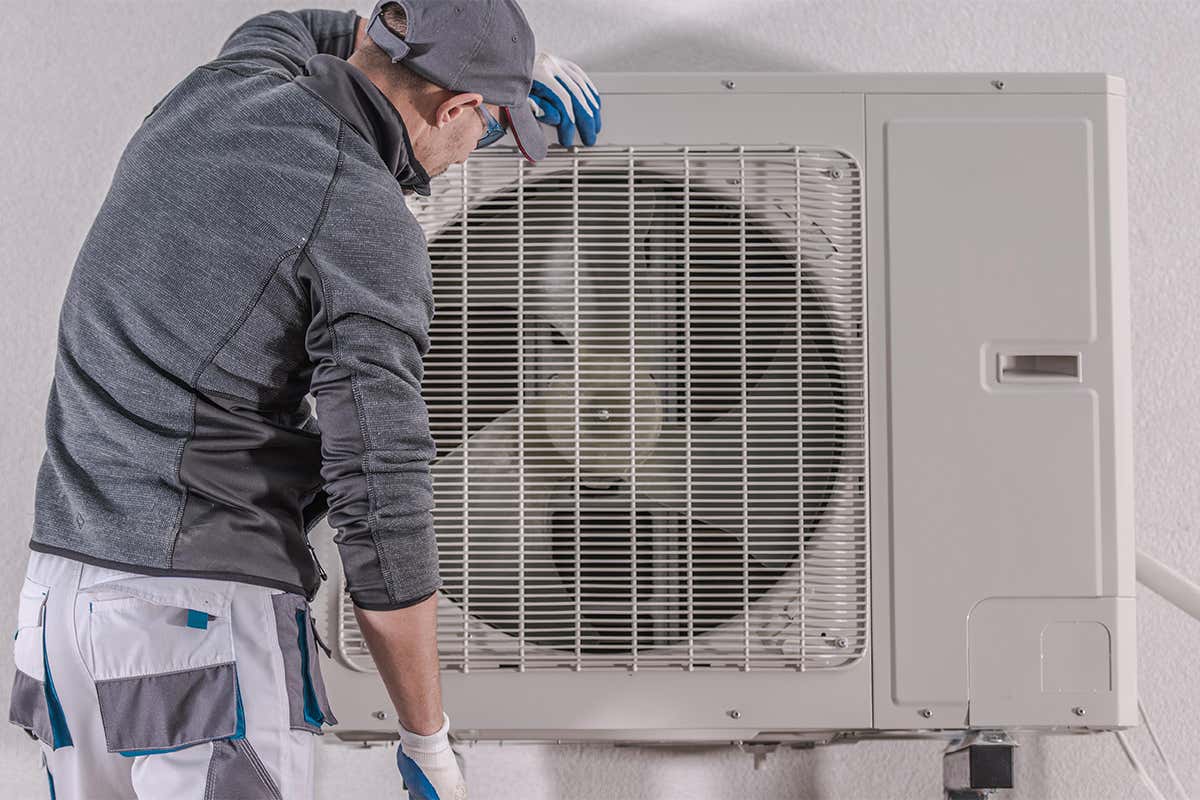Functionality Of Heat Pumps Hamilton And Its Benefits
For the most part they are used to pull heat from the air or the ground to warm a construction. The heat pumps Hamilton work correspondingly as environment control frameworks do, of course, really they can be made by both an environment control framework and a radiator.
Thus, when using heat siphons it isn’t imperative to present both warming and cooling systems a lone structure plays out the two positions.
They can similarly be changed to cool a construction
They are similarly more useful than warmers since they just trade heat instead of devouring fills to make it; but appropriately, they work best in moderate rather than silly conditions.
There are different sorts of hotness siphons, but all of them work on the norm of hotness move, which means moving hotness beginning with one region then onto the following rather than devouring fuel to make it.
Because of the second law of thermodynamics, heat typically will in everyday move from a spot with a high temperature to one with a lower temperature.
They use restricted amounts of energy to switch that cycle, pulling heat from low temperature areas and moving it to high temperature districts from a hotness source, for instance, the ground or air to a hotness sink like a construction.
How do normal heat pumps work?
Normal kinds of heat pumps Thames are air source ones, which kills heat from air outside a construction and siphons it through circles stacked up with refrigerant to inside.
One fan is acclimated with bringing outside air over the cooler twists, which move the hotness inside where it is missed by a resulting fan and scattered through the design.
The justification for the exchanging valve is to pivot the movement of refrigerant so the structure works backward. Rather than siphoning the hotness inside the construction, it conveys the hotness, like an environment control framework does.
Then, the refrigerant acclimatizes the hotness inside the siphon and passes on it outside where it is conveyed. Then, the refrigerant chills off and streams back inside to take more heat.
Ground source heat siphons work the same way as air source ones except for they hold the hotness beginning from the most punctual stage, from a stream under the ground.
CONCLUSION
The focal qualification between air source models and heat pumps Hamilton is that instead of pressing the refrigerant, ingestion one ingest salt into water then a low power siphon packs it. For more information visit our Website.


